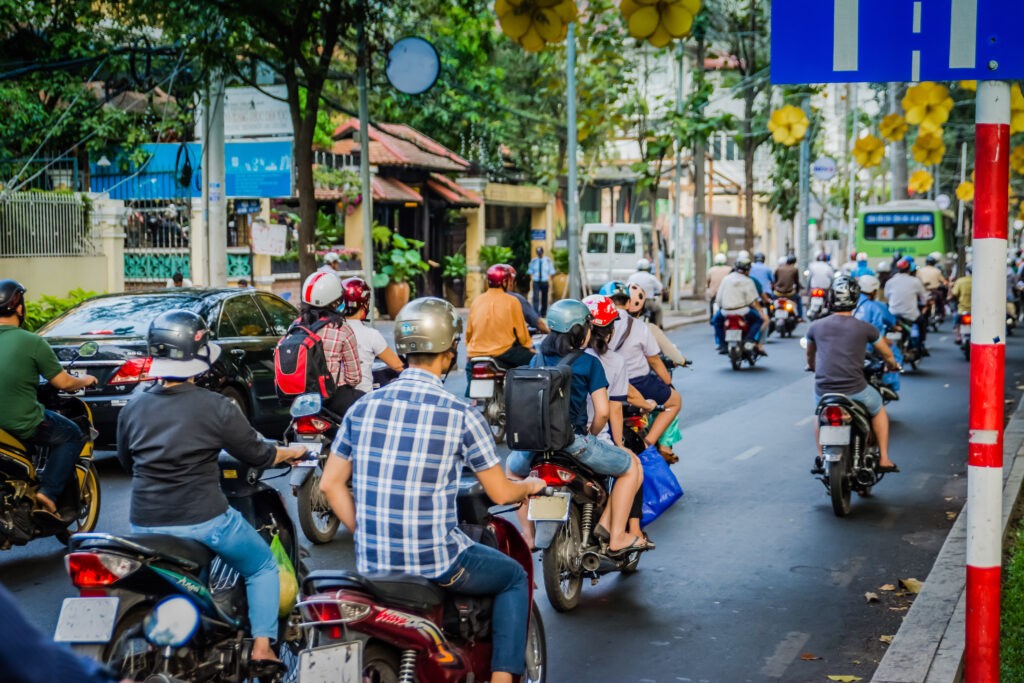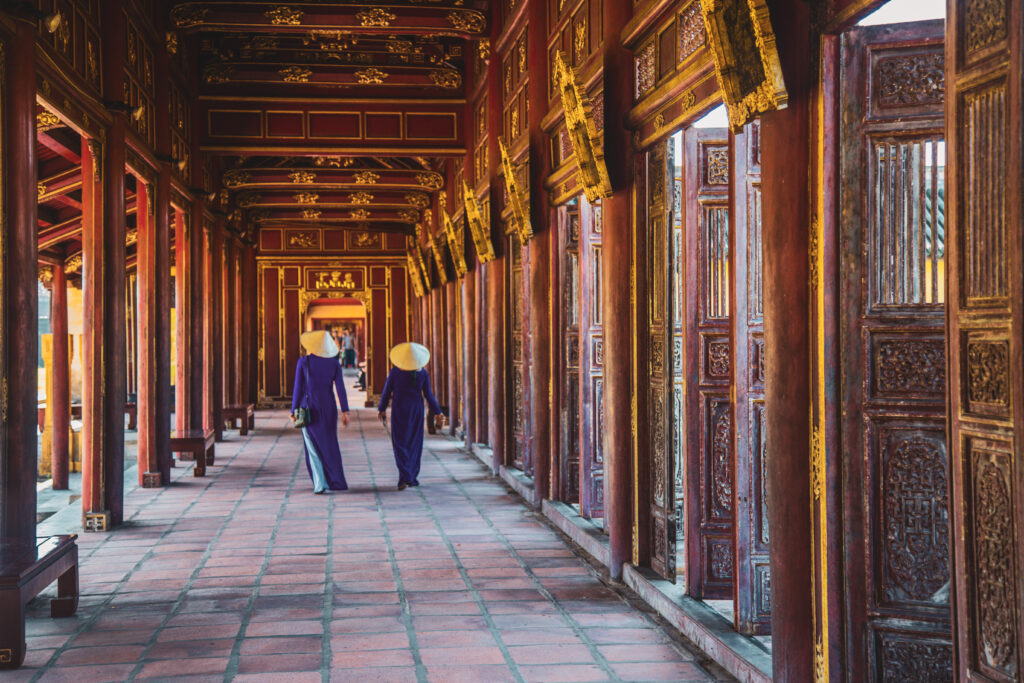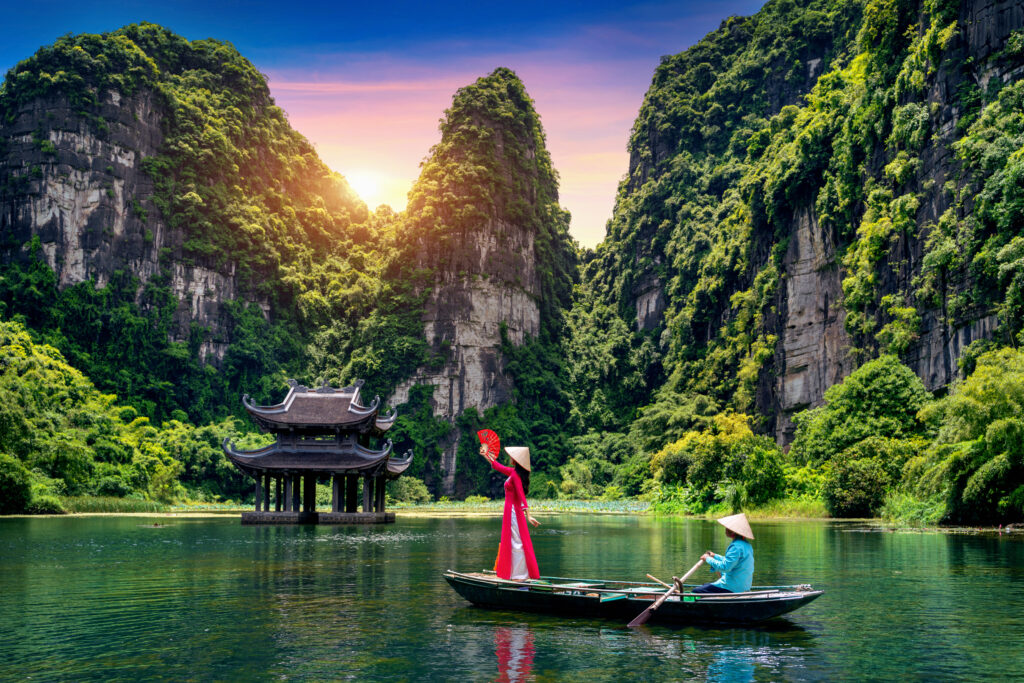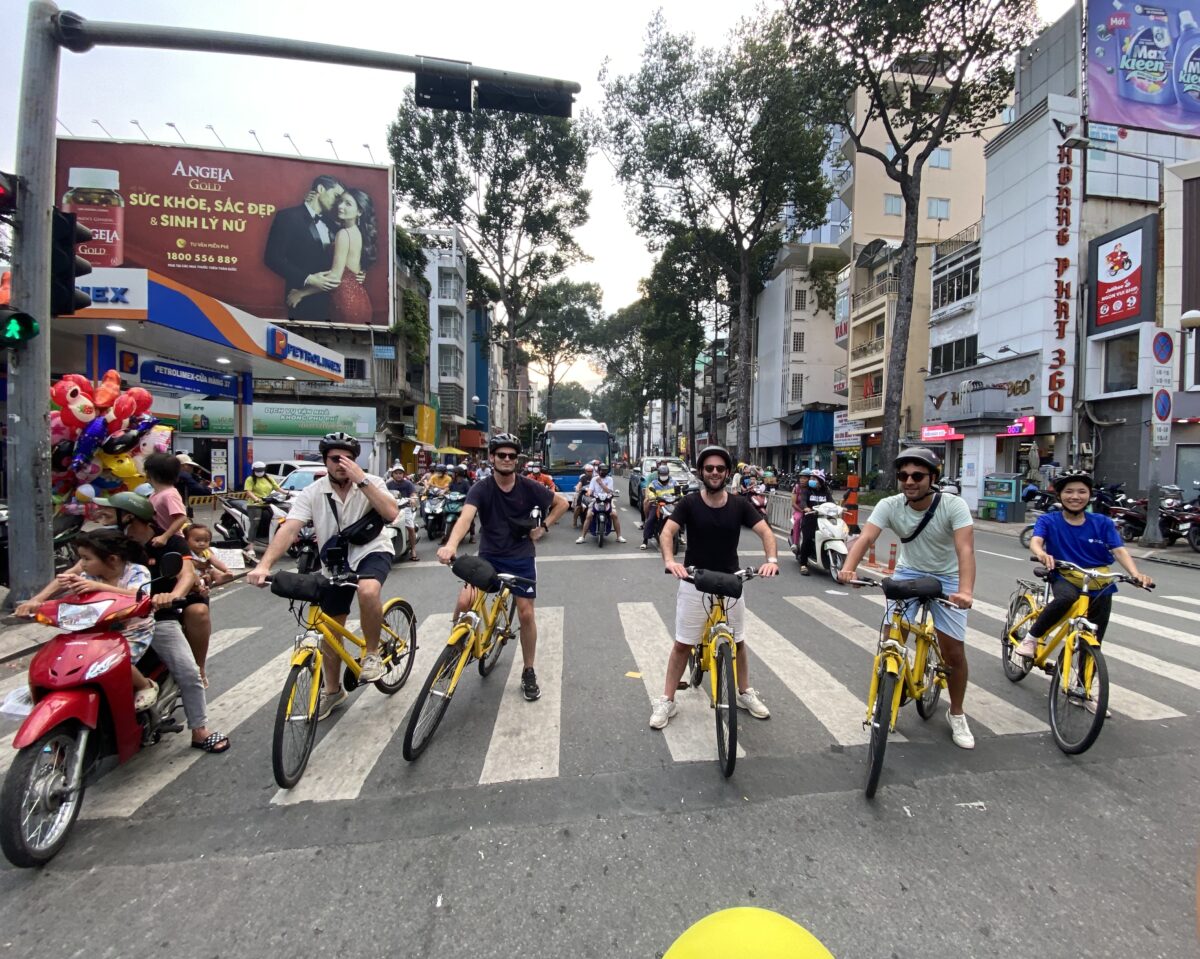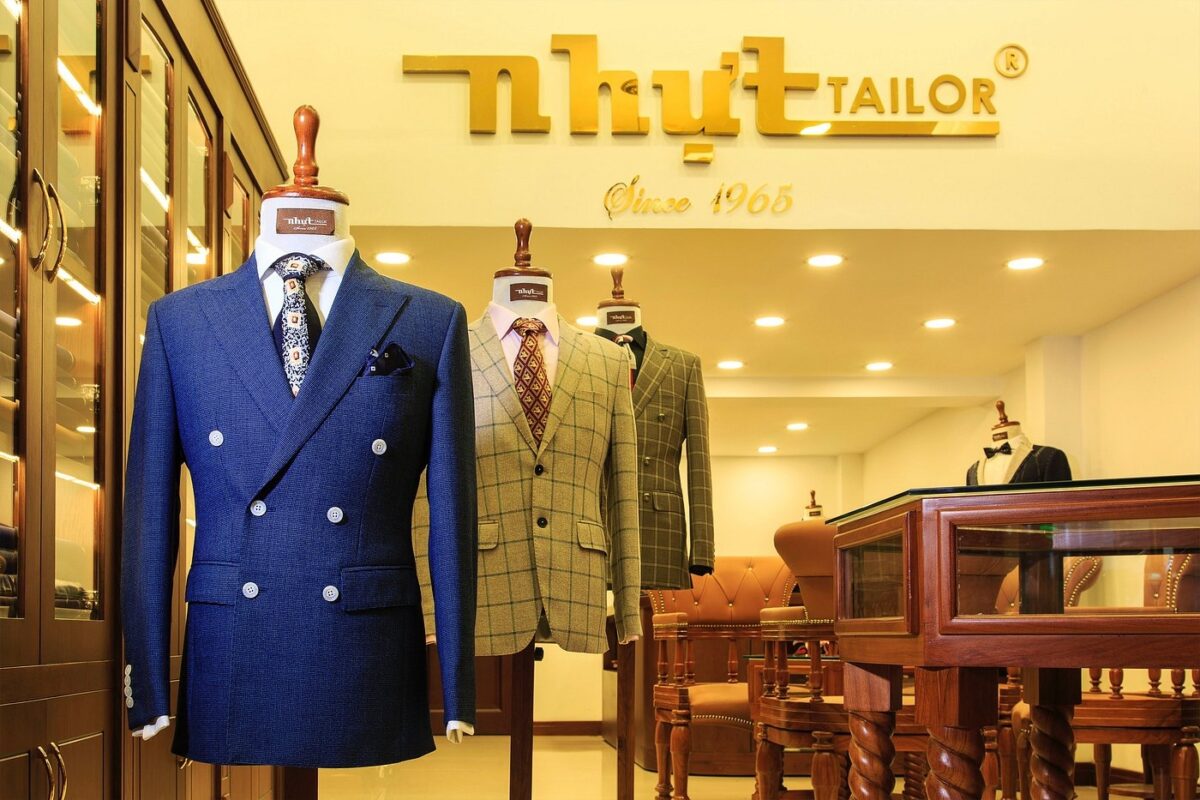Vietnam is a country full of warmth, resilience, and diversity, and nothing reflects this more than its people. As a proud Vietnamese, I feel an immense joy in sharing the beauty of my homeland, especially with those who may not yet know the depth of our traditions, the richness of our history, and the diversity of the people who make up our nation. Vietnamese people are not a monolithic group; we are a mosaic of cultures, beliefs, and ways of life that shape who we are today. From the bustling cities to remote villages, every region tells a different story, but one thing remains constant—the spirit of the Vietnamese people.
Vietnamese People: A Tapestry of Ethnic Groups
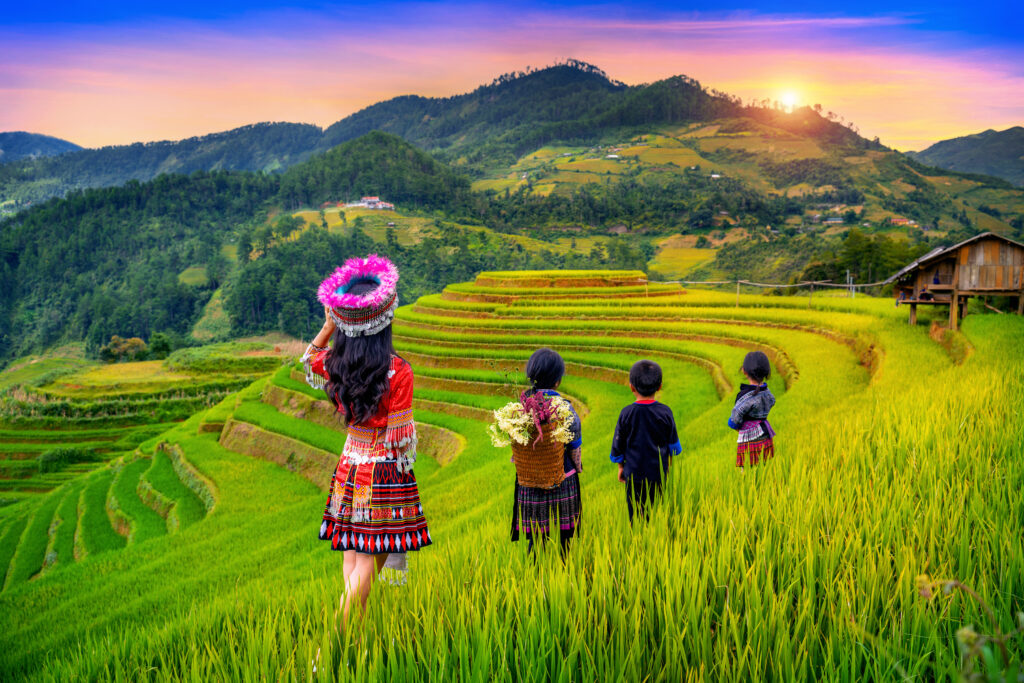
Vietnam is home to 54 officially recognized ethnic groups. While the Kinh people make up the majority of the population, our country’s ethnic diversity is one of our greatest treasures. Each group has its own distinct culture, language, and traditions, adding layers of richness to our shared identity. Vietnamese people, especially those from minority groups like the Hmong, Tay, and Cham, have preserved their unique customs for centuries, making Vietnam one of the most culturally diverse countries in Southeast Asia.
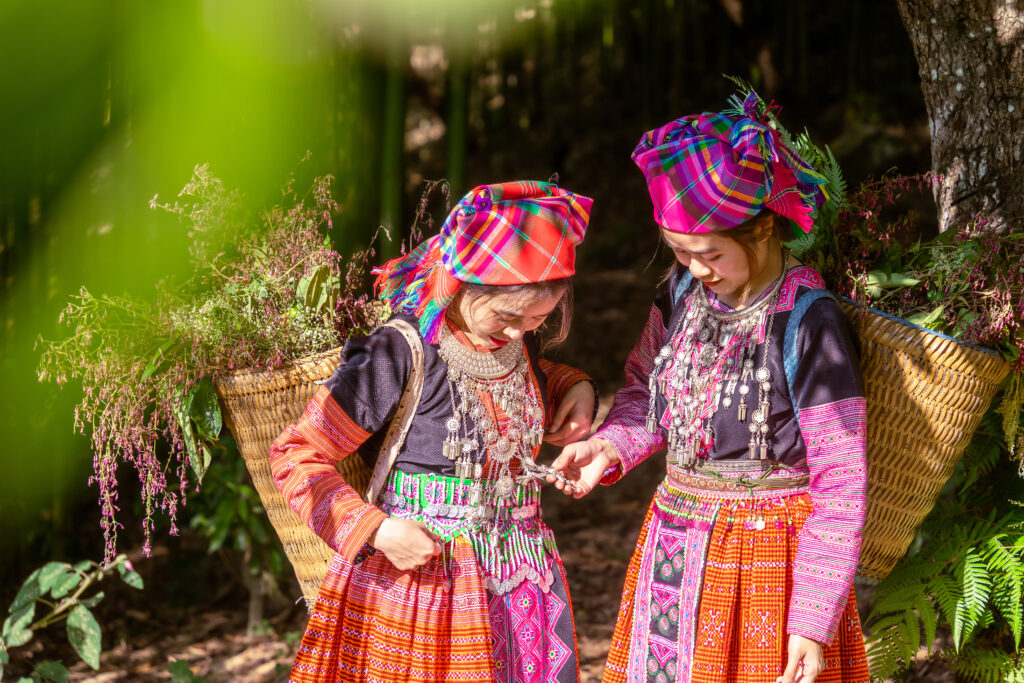
Many ethnic minority communities live in the northern highlands and central regions. These areas, with their rolling hills, green forests, and remote villages, offer a glimpse into the lives of Vietnamese people who have maintained their unique customs. For example, the Hmong people, known for their vibrant, hand-embroidered clothing, live in some of the most breathtaking landscapes of northern Vietnam. Their culture, deeply connected to nature, is a beautiful testament to the way life and land are intertwined here.
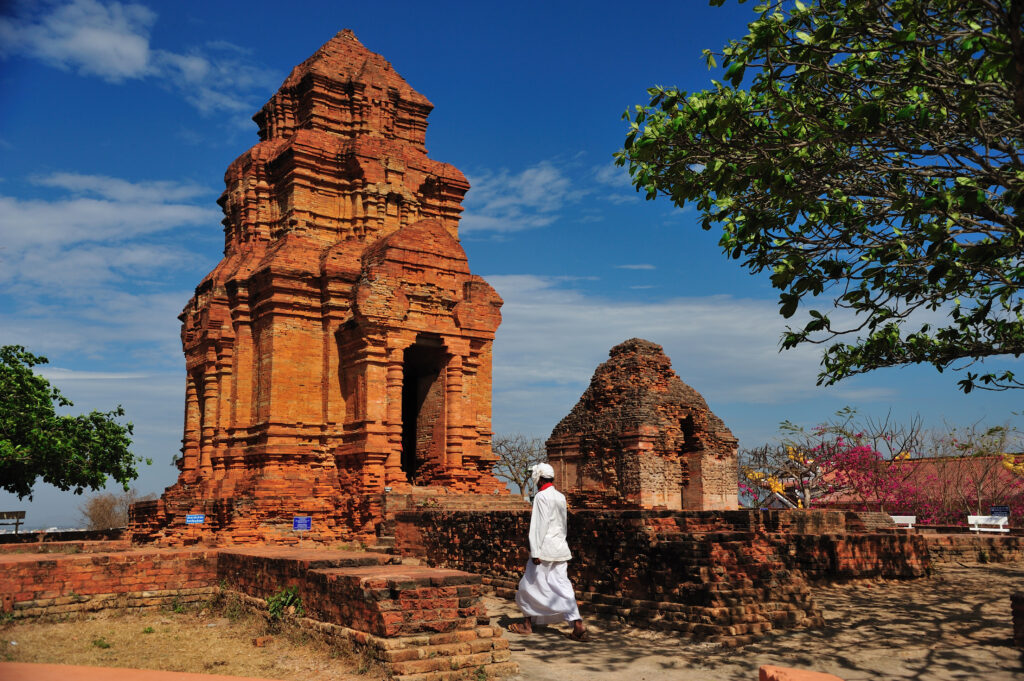
Similarly, the Cham people, with their long history of craftsmanship, bring another layer of cultural depth to our country. Their traditions of pottery and weaving are passed down through generations, each piece a story in itself. I’ve always admired how these different ethnic groups enrich the overall culture of Vietnam, creating a country that is incredibly diverse yet united in its shared heritage.
Regional Differences: The Unique Characteristics of Vietnamese People Across the Country
The beauty of Vietnam lies not just in its landscapes, but also in the regional differences that shape the lives of Vietnamese people. These variations in culture, influenced by geography, history, and even climate, create distinct characteristics in each region.
Vietnamese Traditions: The Heartbeat of Our Culture
Traditions are the foundation of life for Vietnamese people. They are not just customs; they are the rituals and beliefs that shape our daily lives, bring us together, and remind us of our shared heritage. Here are some of the most cherished traditions that define Vietnamese people and their way of life.
Tet Nguyen Dan (Lunar New Year)

For me, Tet Nguyen Dan, or Lunar New Year, is not just a holiday—it’s the heart of Vietnamese family life. Growing up, the excitement around Tet was palpable. Streets would be lined with colorful flowers and bustling markets filled with people preparing for the celebrations. One of the most vibrant places during this time is the flower market, where locals buy beautiful blossoms to decorate their homes. If you’re visiting Ho Chi Minh City during Tet, be sure to explore the stunning flower markets at Saigon.
Our family would come together to clean the house, cook traditional dishes, and make offerings to our ancestors. This time of year is when Vietnamese people honor the past, celebrate the present, and look forward to the future. On the eve of Tet, I still remember the warmth of sitting around with my family, eating banh chung (square sticky rice cakes) and sharing stories, as the clock ticked toward midnight, signaling the start of a new year. The feeling of unity and joy during Tet is something deeply ingrained in the fabric of Vietnamese life, a time when we reconnect with both our living family and our ancestors.
Ancestor Worship
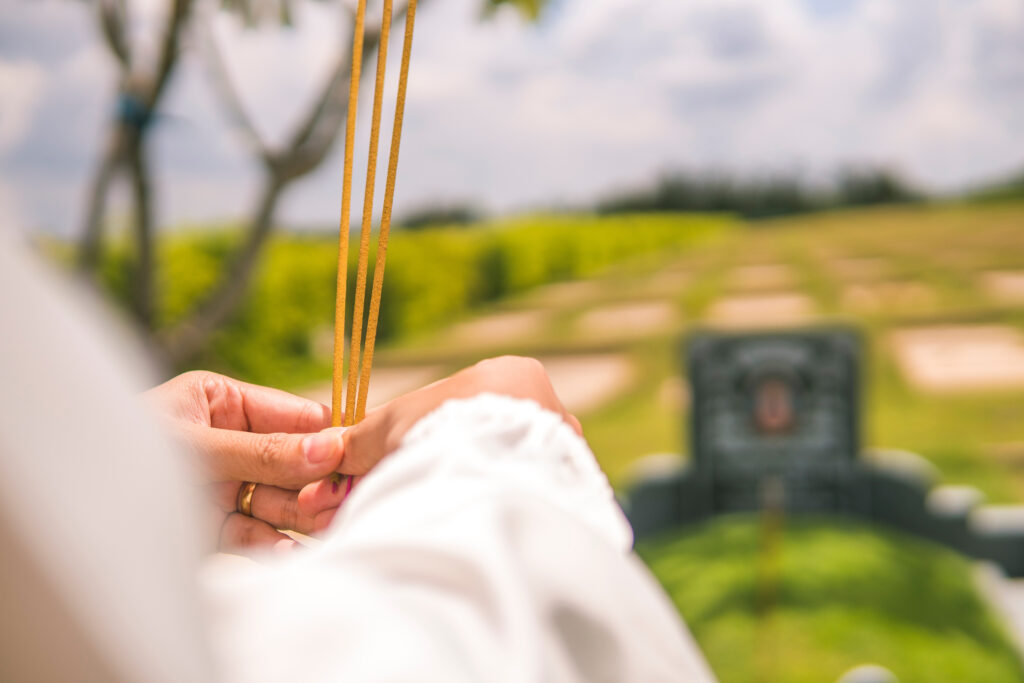

Growing up in a traditional Vietnamese household, ancestor worship was a daily practice that deeply shaped my understanding of family and continuity. Every morning, my parents would light incense at the family altar, offering fruit, tea, and small dishes to honor our ancestors. It’s a way of expressing gratitude and keeping the memory of those who came before us alive. Vietnamese people across the country maintain this practice, creating a link between the living and the dead.
Now, I carry on this practice in my own home, and it reminds me of the values passed down to me—respect, loyalty, and the importance of family.
Pagoda Visits
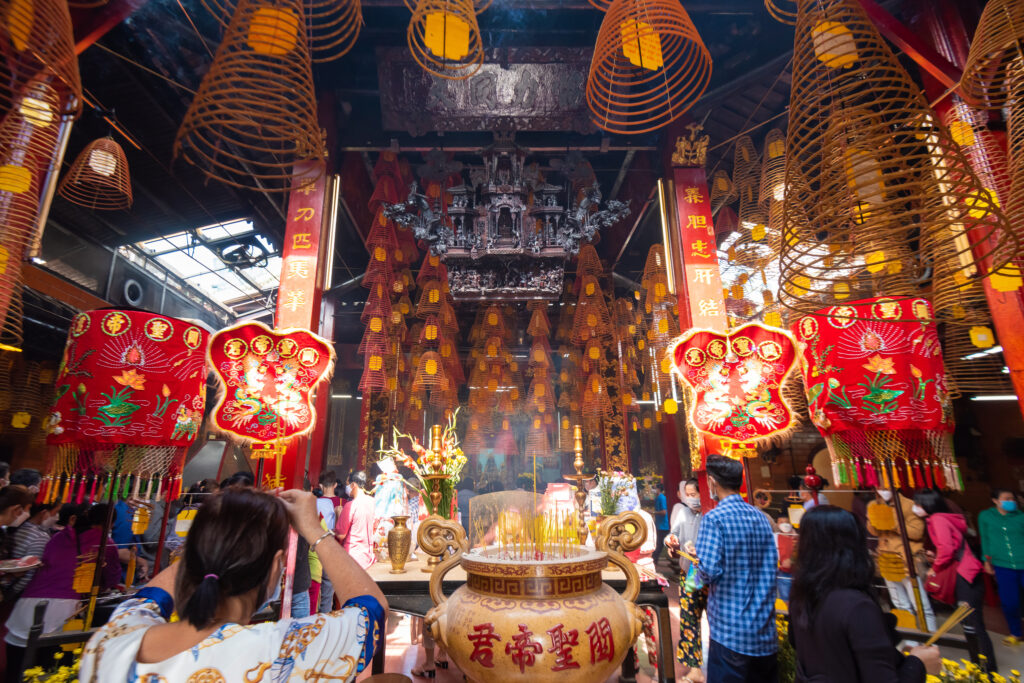
Visiting pagodas is a spiritual ritual that many Vietnamese people, myself included, treasure. As a child, I would accompany my grandparents to the local pagoda on special occasions or whenever we needed spiritual guidance. The act of offering flowers or fruit to the Buddha is both humbling and grounding. Even today, when life feels overwhelming, I find comfort in visiting the peaceful grounds of a pagoda. It’s a space where I can pause, reflect, and feel a deeper connection to the spiritual traditions that have shaped Vietnamese people for centuries. If you’re in Ho Chi Minh City and want to experience this for yourself, check out my blog about the top 9 temples in District 1 or Guide to Visit Phu Chau Floating Temple in Ho Chi Minh City to explore some of the city’s most iconic spiritual sites.
Respect for Elders

In Vietnam, respect for elders goes beyond a mere cultural expectation—it’s a way of life. I remember how, as children, we were always taught to serve our grandparents first during meals, ask for their blessings, and listen closely to their stories. Vietnamese people believe that elders hold the wisdom of generations, and their guidance is invaluable. This cultural norm instills a sense of humility and continuity in our lives, reminding us that we are part of a larger family history.
Traditional Festivals

Vietnamese festivals are a burst of color, sound, and life. Each region celebrates its own unique traditions, from the water-throwing celebrations of the Khmer people in the south to the flower festivals in Da Lat. Growing up, one of my favorite memories was attending the Mid-Autumn Festival (Tet Trung Thu), where the streets were illuminated with lanterns, and children paraded through the neighborhood with their brightly lit stars. For Vietnamese people, festivals are not just celebrations—they’re opportunities to pass down stories, traditions, and a sense of community.
Traditional Clothing
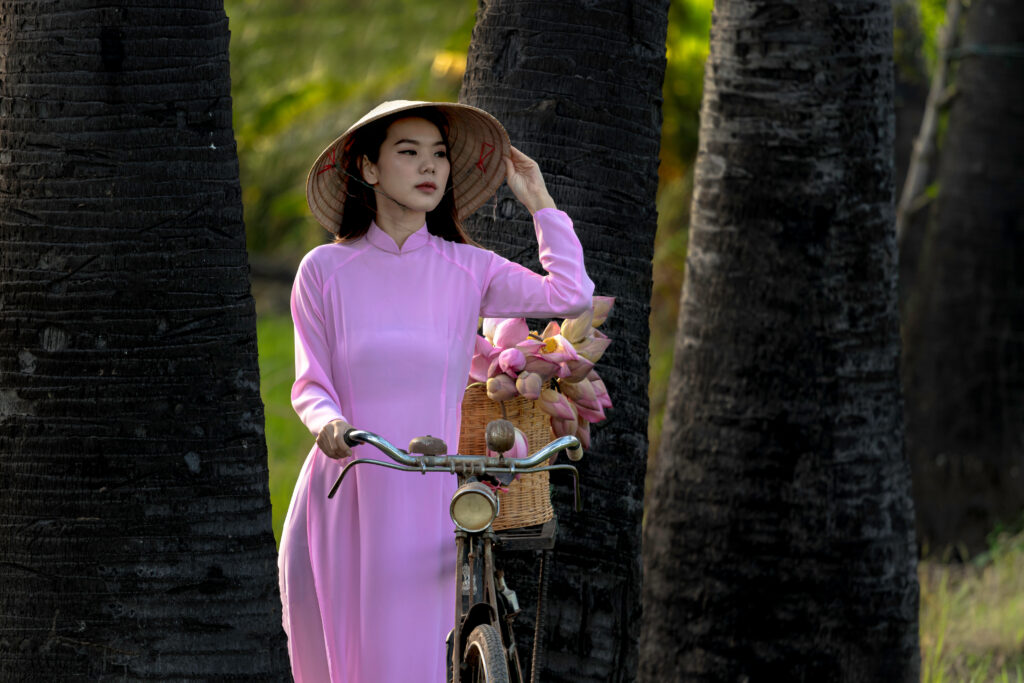
Whenever I wear the ao dai, I feel an instant connection to the beauty and elegance of Vietnamese culture. The flowing tunic, worn over loose-fitting pants, is more than just a garment—it’s a symbol of Vietnamese grace and pride. I remember the first time I wore an ao dai as a young girl for a school ceremony, and I was filled with pride. Beyond the ao dai, different ethnic groups in Vietnam have their own traditional attire, each rich with symbolism. The Hmong, for instance, wear brightly colored hand-embroidered garments, while the Cham people are known for their intricate weaving. Traditional clothing in Vietnam isn’t just about style—it’s about telling the story of Vietnamese people.
Language and Communication Among Vietnamese People
Vietnamese is a tonal language, which means the meaning of a word can change depending on how you pronounce it. For foreigners, this can be quite challenging, but for us, it’s a part of how we communicate the subtleties of emotion and meaning. The language is an essential part of our identity, connecting us as Vietnamese people across regions and generations.
In addition to Vietnamese, many ethnic groups speak their own languages. In places like the northern mountains or the Mekong Delta, you’ll hear languages like Tay, Muong, and Khmer, each adding another layer to the rich linguistic landscape of our country.
The Spiritual Life of Vietnamese People

Vietnamese spirituality is a beautiful blend of influences—Buddhism, Confucianism, Taoism, and local folk religions. For many Vietnamese people, life revolves around rituals that honor both the living and the dead. We believe in the presence of spirits, both good and bad, and we perform ceremonies to ensure protection, health, and prosperity.
Buddhism is the most practiced religion in Vietnam, with pagodas scattered throughout the country. These are not just places of worship but also spaces where we seek peace and reflection. Visiting a pagoda, lighting incense, and offering a prayer is a way to connect with something larger than ourselves. It’s a spiritual practice that has been passed down for generations, and it continues to be an important part of life for many Vietnamese people.
Let’s Wrap It Up
Vietnam is a land of beauty, not just in its landscapes but in its people. From the northern highlands to the southern delta, Vietnamese people carry with them a sense of pride, resilience, and deep connection to their culture and traditions. As someone who loves my country, I am always proud to introduce the world to the diversity, traditions, and warmth of Vietnamese people. Each region, each ethnic group, each family has its own story to tell, and it’s through these stories that we continue to pass on the heart of Vietnam to future generations.
Ho Chi Minh City Cycling Tour In Ho Chi Minh City (Saigon) – Vietnam
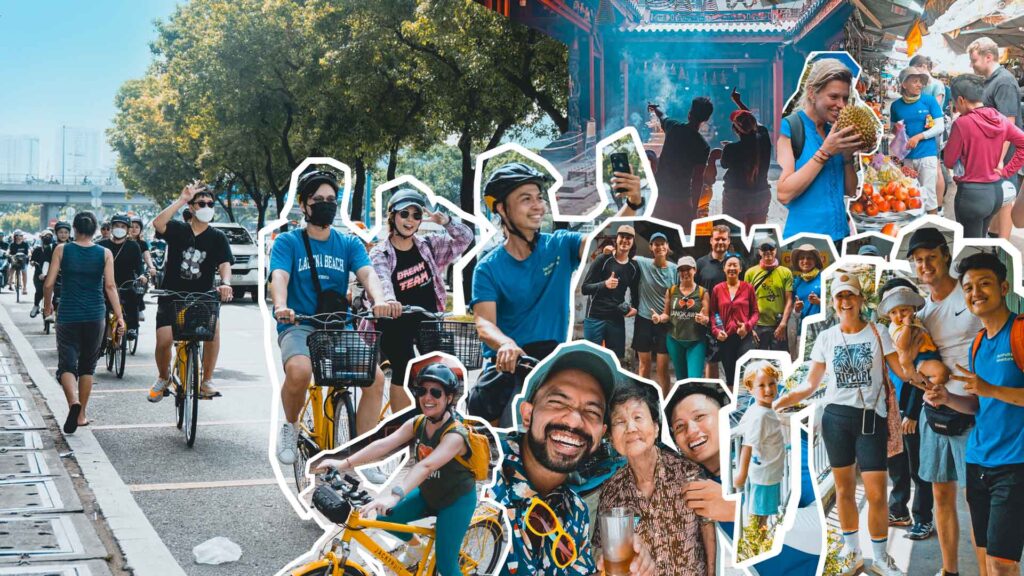
At Jackfruit Adventure, we organize Ho Chi Minh City Cycling Tour and Team Building Ho Chi Minh. With a deep knowledge of Saigon city and local connections, we believe we can give you an awesome bonding time together. Contact us today if you have any requests or questions to prepare a trip for your team to bond in Ho Chi Minh – Vietnam.


